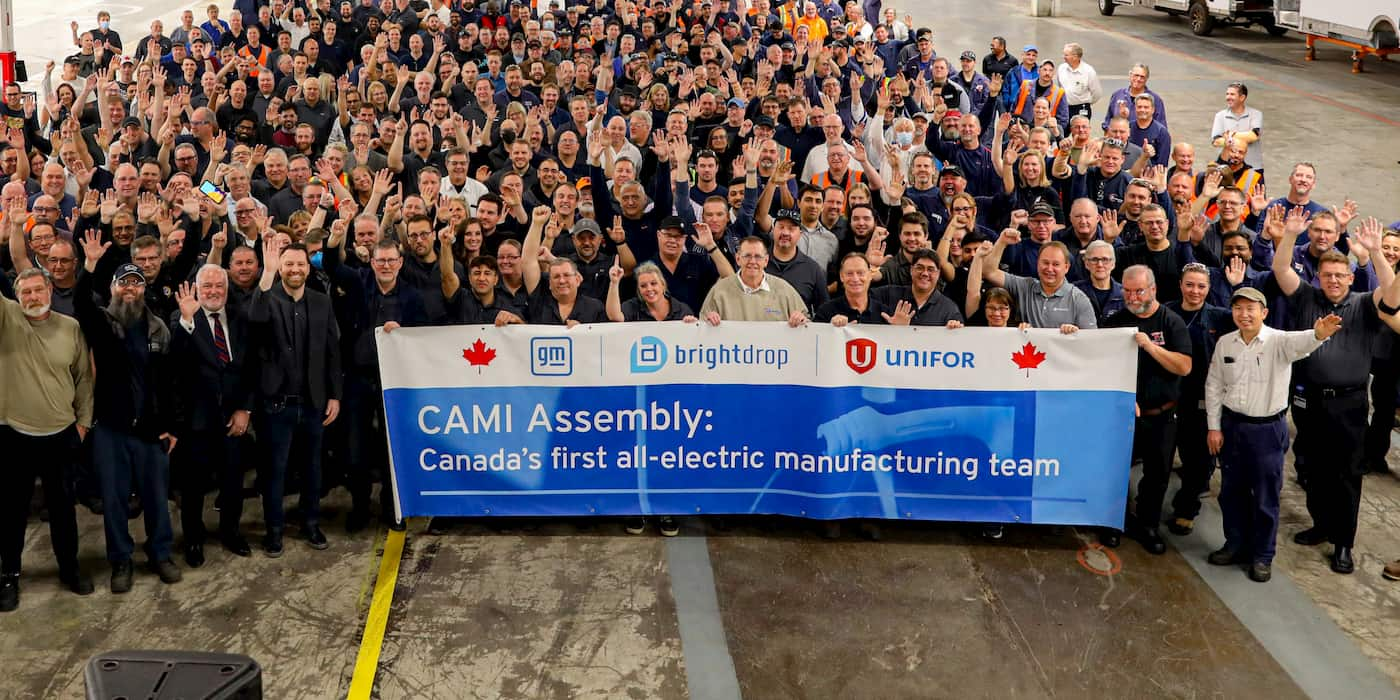
General Motors (GM) is halting production at its CAMI EV assembly plant in Ingersoll, ON, Canada, for the month amid overwhelming demand for its Ultium battery platform.
During an interview last month, GM’s CEO Mary Barra explained battery production as the factor limiting them from scaling production.
GM sold a total of 15,652 EVs in the second quarter of this year. However, nearly 14K were Chevy Bolt EV or EUV models, which GM is discontinuing later this year (at least in its current form).
The move comes as GM shifts to an all-Ultium-based lineup to streamline production. Meanwhile, the transition has been anything but efficient.
After launching its first Ultium-based EV, the GMC Hummer EV pickup, in late 2021, GM sold a total of two in the first three months of the year and 47 in Q2, down 83% YOY.
Its second electric model powered by the Ultium system, the Cadillac Lyiq, hasn’t faired much better. GM sold 1,348 Lyriq models in the second quarter after selling 968 through the first three months of 2023.
To help fill the gap left by the Bolt EV/EUV, GM is launching three high-volume Ultium electric cars this year. These include the Silverado EV, Equinox EV, and Blazer EV.
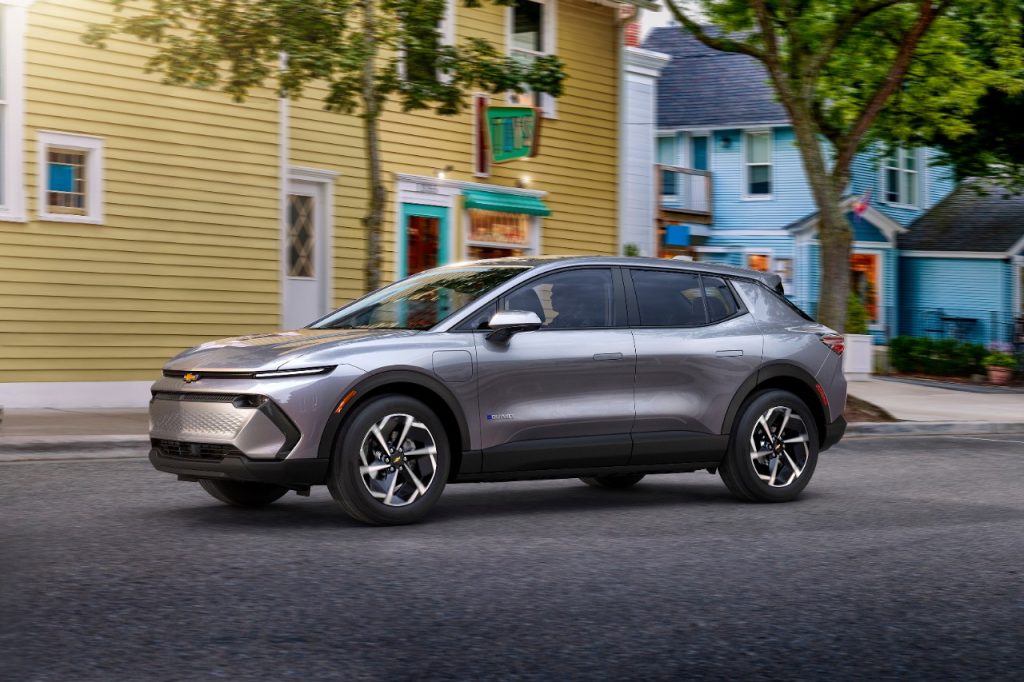
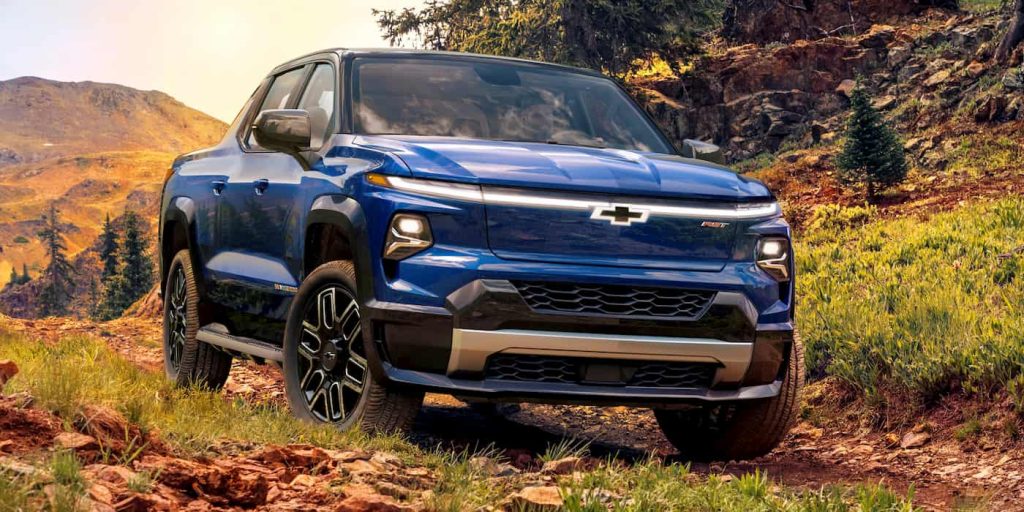
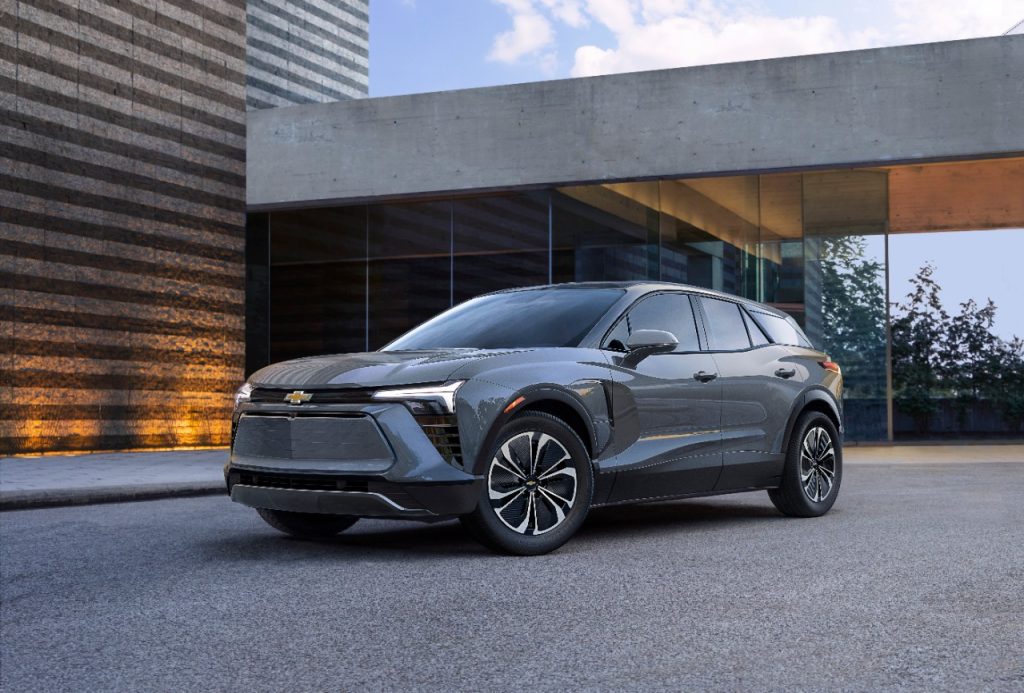
GM’s EV battery production challenges
According to the union representing workers at the CAMI EV assembly plant (via The London Free Press), GM is unexpectedly halting production for the month due to a battery shortage.
After announcing a CAD 1 billion (roughly $750 million) investment to convert the assembly plant last year, GM said it would begin production of its BrightDrop electric delivery vans in December 2022. Following retooling the plant this past spring and summer, the first 50 BrightDrop EV vans were deployed from the facility in June.
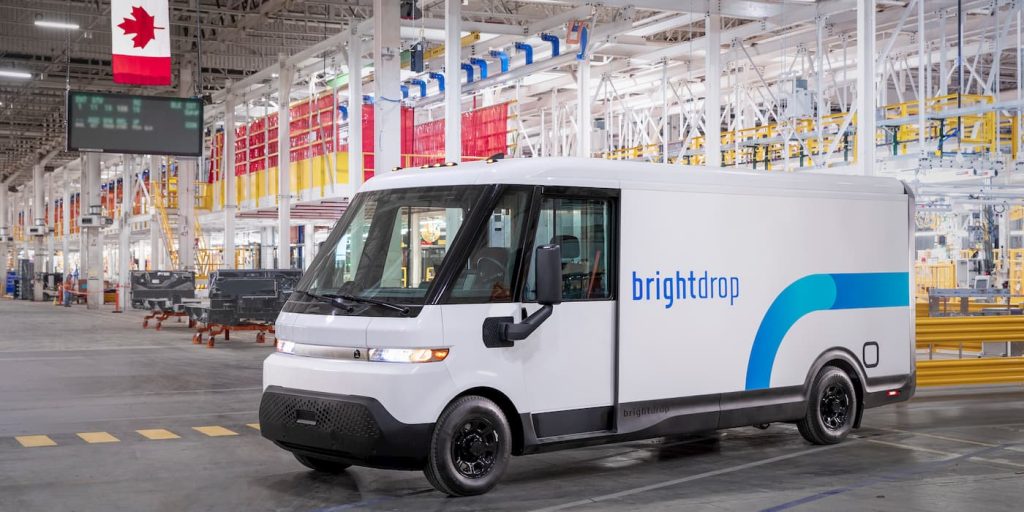
Unifor Local 88 chairperson Mike Van Boekel said, high demand and limited production ability is the reason for the shutdown. Although “sales are through the roof” and “things are good,” he explained:
They’re out at all GM plants, they need batteries and it stems from a raw material bottleneck.
GM is in the process of building more battery capacity, but “it doesn’t happen overnight,” Van Boekel added.
According to the report, workers are expected to return to work at the CAMI assembly plant on July 31. Sources close to the facility report GM is building a 400,000 square feet addition to assemble its own batteries to support BrightDrop production.
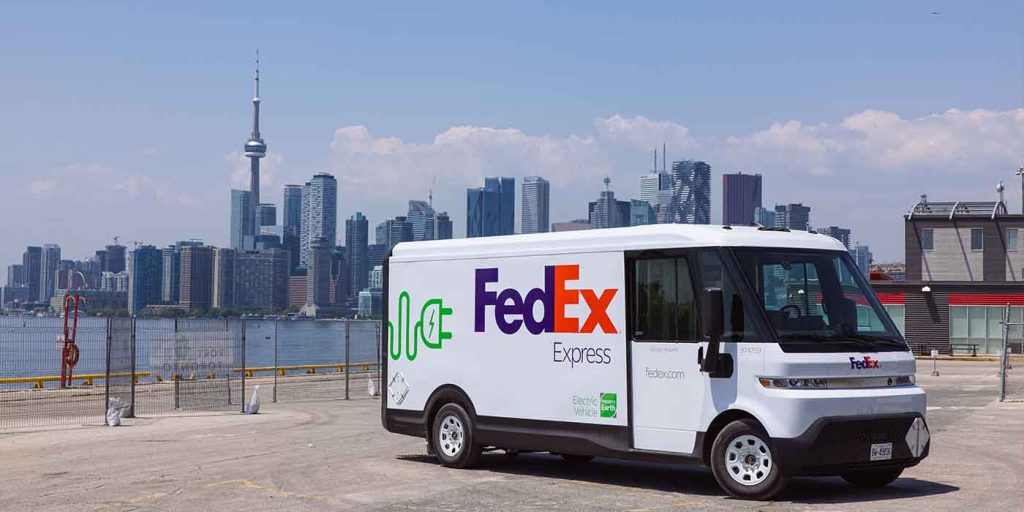
The CAMI facility is building electric delivery vans for FedEx, Walmart, Hertz, Verizon, DHL Canada, and more.
GM currently has one battery plant building Ultium batteries in Warren, OH, which began production last fall. It has three more planned. Its second is expected to start operations later this year in Spring Hill, TN, while its third in Lansing, MI, is slated to open in 2024.
Top comment by Chris
I'm confused by what taking the easy route is supposed to mean? So they don't have enough batteries to build all the EVS they want, the author says they are working on increasing battery capacity but you're digging them for selling ICE vehicles in the meantime? Should they just not sell anything?
The automaker revealed plans for its fourth last month, a $3 billion plant in Indiana. Altogether, GM expects around 160 GWh of battery cell capacity when all plants are up and running.
Electrek’s Take
Although the demand is there for GM’s electric models (CAMI has about four years’ worth of backlog), the automaker is taking the easy route and filling in with ICE vehicle sales until battery production comes online.
Of the 691,978 vehicles sold in the second quarter, only 15.6K were fully electric, accounting for 2.26%, down from 3.4% in Q1. With plans for four battery plants total, hopefully, GM can turn things around quickly.
Casey Selecman, powertrain forecasts director with AutoForecast Solutions, said, “My guess is this is a short-term issue. There’s nothing on my radar about shutdowns elsewhere.” However, as he added, “Everyone is up against it globally, there are looming threats of shortages for nickel, lithium, graphite and cobalt.” We’ll keep you updated on more about the situation.
FTC: We use income earning auto affiliate links. More.





Comments